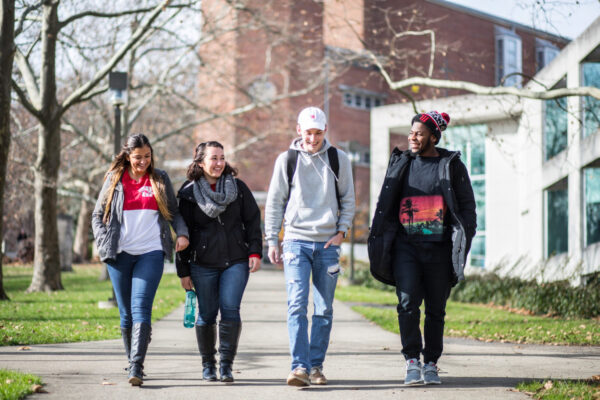Basic Needs Insecurity Among College Students
Title: College and University Basic Needs Insecurity: A National #RealCollege Survey Report
Source: The Hope Center for College, Community, and Justice (Hope Center)
Authors: Sara Goldrick-Rab, Christine Baker-Smith, Vanessa Coca, Elizabeth Looker, and Tiffani Williams
A report published by the Hope Center documents college students’ access to affordable food and housing. Findings from this report are based on a national survey of nearly 86,000 students from 123 two- and four-year colleges in the United States conducted in the fall of 2018.
Major findings from the report include:
- Food insecurity: Approximately 48 percent of students attending two-year institutions and 41 percent of students at four-year institutions experienced food insecurity during the 30 days prior to the survey. Among students at both types of institutions, nearly half could not afford to eat balanced meals.
- Housing insecurity: 60 percent of students at two-year institutions and 48 percent at four-year institutions experienced housing insecurity. A common challenge students reported was experiencing rent increase.
- Socioeconomic, cross-institution, and race-based variation: Students who had children, attended two-year colleges, were African American, identified as LGBTQ, worked 21 hours or more, or were independent from their families for financial reasons were more likely to experience basic needs insecurity than their peers.
The authors propose several recommendations for postsecondary institutions to address basic needs insecurity on campus, including appointing students wellness and basic needs staff, advancing a culture of caring on campus, and expanding emergency aid programs.
Click here to read the report
—Yuan He
If you have any questions or comments about this blog post, please contact us.


